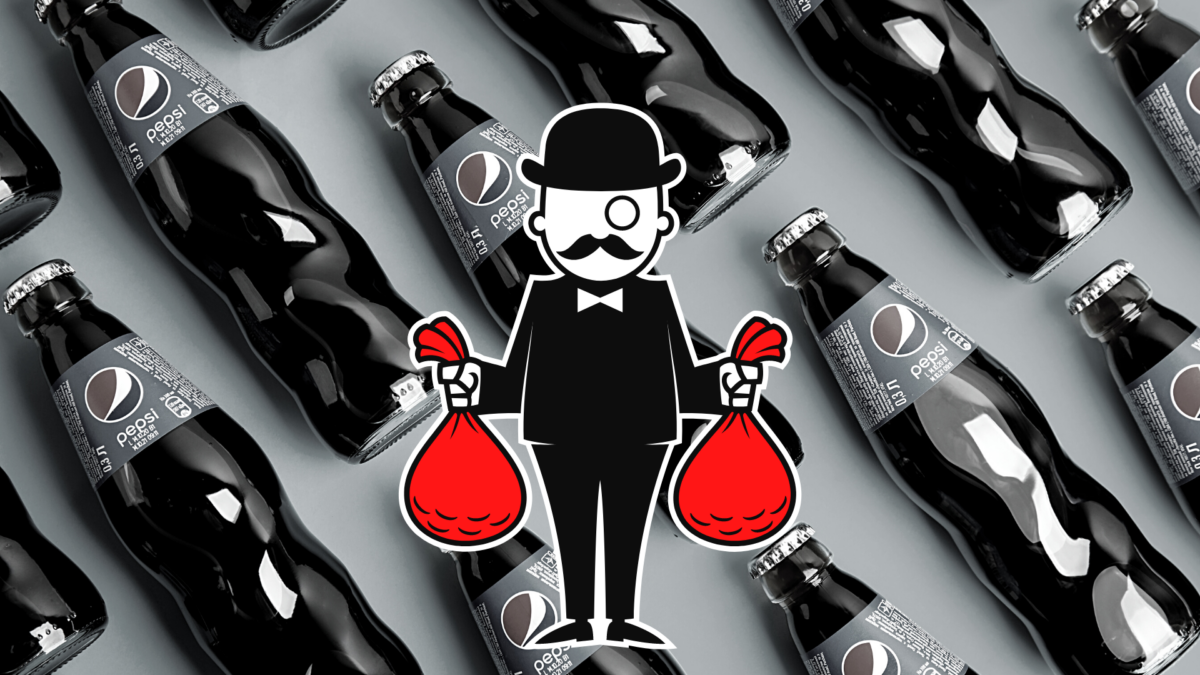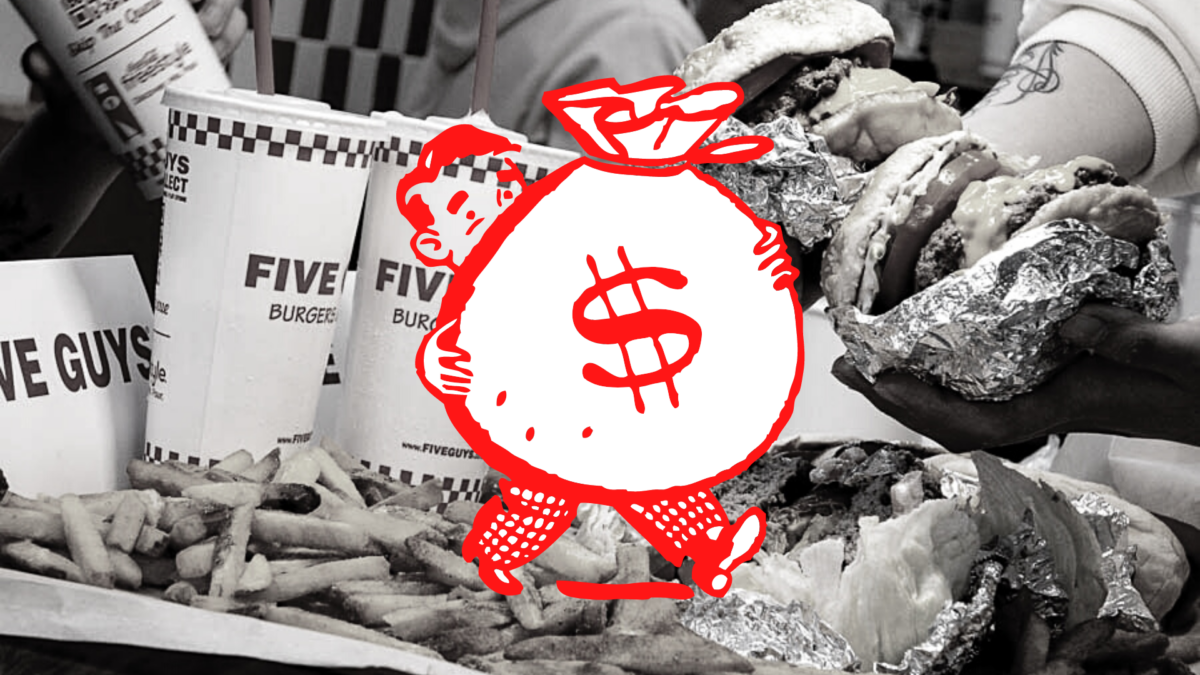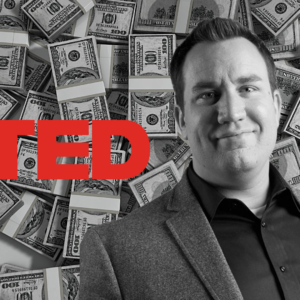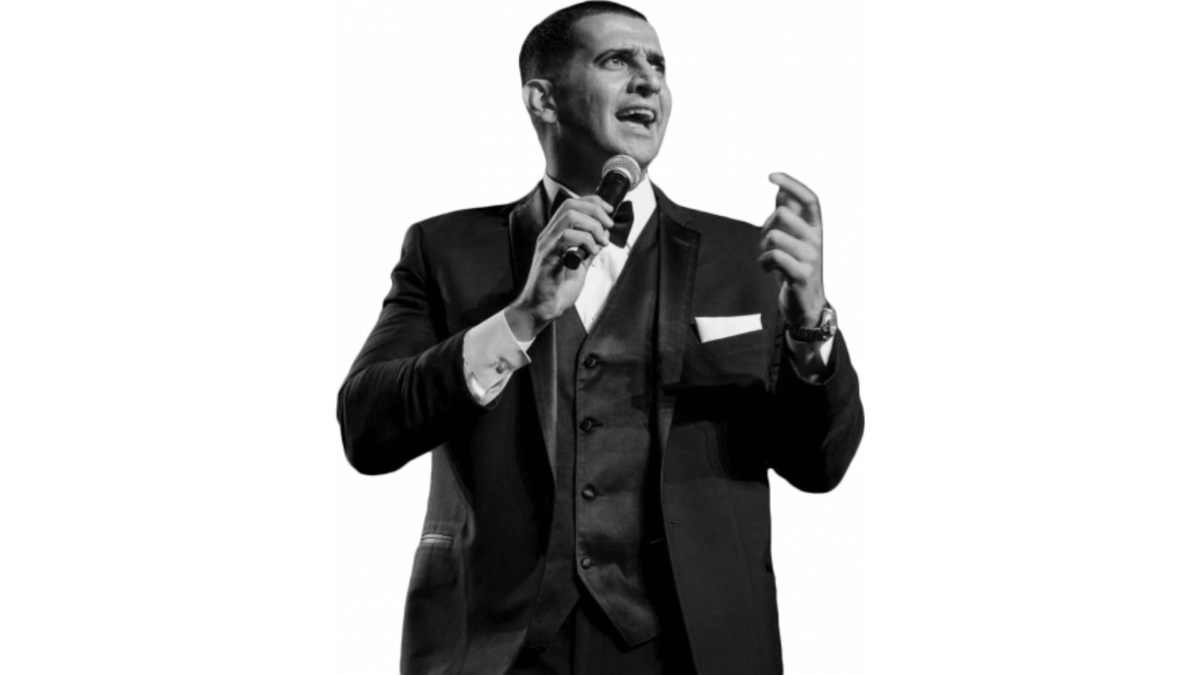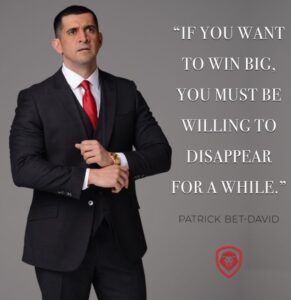
Once the world’s 6th richest billionaire in 2008 with a net worth of $42 billion, Anil Dhirubhai Ambani, lost it all by 2019.
Here’s how…
Anil Ambani was born June 4th, 1959 in Bombay India as the youngest son of the founder of one of the most powerful companies on the planet. His father, Dhirubhai Ambani, was the founder of a company called Reliance Industries Limited which today is doing $7.366 trillion as a conglomerate, headquartered in Mumbai. It has diverse businesses including energy, petrochemicals, natural gas, retail, telecommunications, mass media, and textiles.
WATCH:
https://www.youtube.com/watch?v=G_H-BoEfwjo
Dhirubhai raised his 2 sons to eventually take over the “family business”. Mukesh and Anil started as executives at Reliance in their twenties. The two couldn’t have been more different. Mukesh was more of a reserved family man while Anil earned a reputation as a flashy playboy who enjoyed rubbing shoulders with Bollywood’s elite.
Tragedy strikes the Ambhani family
Dhirubhai Ambani passed away on July 6th 2002 of a sudden heart attack at the age of 69. At the time of his passing he was the 138th richest man in the world with a net worth of $2.9 billion.
Mukesh, the older brother assumed role of chairman and Anil took the office of Vice President. They were at each other’s throats almost immediately. Each had different ideas for what to do with the company and the two were making decisions without consulting each other.
It was a mess…
It became a real problem. So big that even India’s finance minister tried stepping in to get the bickering duo to make nice. After all, Reliance was one of the biggest economic powerhouses in India.
The sibling rivalry for the control for Reliance was resolved when the 2 decided to split the company down the middle. Mukesh would run the gas and petroleum businesses and Anil would run the communications and power businesses and ultimately leave each other alone.
Losing a $42 billion fortune
In 2008, Anil Ambani was at the top of the world as the sixth richest person in the world with a net worth of $42 billion.
But the proverbial sky was about to come crashing down.
That same year Anil Ambani made the decision to invest around $2 billion in advancing Reliance Communications Group, heavily leveraging his company into massive debt.
Then shit hit the fan…
In 2011, Anil’s Managing Director and two Vice Presidents were arrested on suspicion of conspiring to acquire mispriced mobile network licenses for companies Reliance Communications has invested in to illegally bolster the company’s share prices in an attempt to close the debt gap.
The following year In 2012, amidst scandals, Anil Ambani acquired even more debt to pay off the existing debts. Reliance Communications took a loan of over $1.2 billion from three Chinese Banks on Anil Ambani’s personal guarantee.
That’s one hell of a personal guarantee.
By 2016, many of Anil Ambani’s companies ran into debt and operational troubles. On the one hand, Reliance Power had to sell its assets. On the other, Reliance Communications lost 98% valuation in a period of just 3 short years.
RCom was unable to compete against the top reigning telecom companies and lost consumers. This brought down Anil Ambani’s net worth to $2.5 billion.
Still not a bad nest egg by anyone’s standards however, Anil Ambani’s Reliance Communication owed the Swedish network company, Ericsson, $80 million, which he failed to repay. Which shocker, lead to a major lawsuit.
In 2019, the Supreme Court of India ordered Anil Ambani to repay the debt along with interest or go to jail. In an unlikely intervention, Anil Ambani’s older brother Mukesh paid the money owed to Ericsson and yes little brother from going to jail.
Reliance Communications then filed bankruptcy in 2019. But Anil’s problems were still far from over.
He still owed over $700 million including interest to the 3 chinese banks he borrowed money from. In February 2020, Anil declared that his net worth has fallen to zero after considering his liabilities. He pleaded poverty and claimed that he didn’t hold any meaningful assets that could be liquidated to pay off the debts he owed to the Chinese Banks.
Who would have thought that a man who had a net worth of $42 billion in 2008 would claim poverty by 2020?
He still managed to turn out ahead. Today he and his wife Tina Ambani reside in one of the most luxurious homes in India. A 17 story home situated at Pali Hill in Mumbai.
WATCH:




